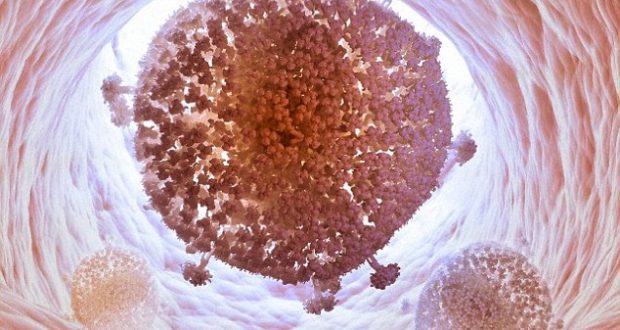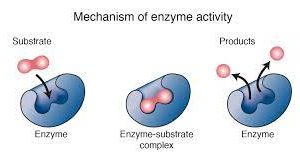For the first time, researchers in Philadelphia have found a way to completely delete the HIV virus (pictured) from human cells by ‘snipping’ them out. The process could also provide a cure for other latent infections
The team of Temple University School of Medicine said the breakthrough marks the first successful attempt to eliminate latent HIV-1 virus from human cells – and could be a cure for other latent infections.
‘This is one important step on the path toward a permanent cure for AIDS,’ said Kamel Khalili, PhD, Professor and Chair of the Department of Neuroscience at Temple.
‘It’s an exciting discovery, but it’s not yet ready to go into the clinic. It’s a proof of concept that we’re moving in the right direction,’ he added,
Researchers based the two-part HIV-1 editor on a system that evolved as a bacterial defence mechanism to protect against infection.
When deployed, a combination of a DNA-snipping enzyme called a nuclease and a targeting strand of RNA called a guide RNA (gRNA) hunt down the viral genome and remove the HIV-1 DNA.
Dr Khalili’s lab engineered a 20-nucleotide strand of gRNA to target the HIV-1 DNA and paired it with a DNA-sniping enzyme called Cas9 and used to edit the human genome.
From there, the cell’s gene repair machinery takes over, soldering the loose ends of the genome back together – resulting in virus-free cells.
 Blog For Noob Random thought of a Noob Blogger
Blog For Noob Random thought of a Noob Blogger









